Description
Purpurite has a hardness of 4 – 4½ and a specific gravity of 3.2 – 3.4. Shockingly, it was named in 1905 by Louis C. Graton and Waldemar T. Schaller from the Latin “purpura” in allusion to its color.
It’s found in around 97 localities worldwide and 8 within Colorado, all being within Larimer County. Primarily occurring as “an alteration product of lithiophylite in complex granitic pegmatites, rarely from the reaction of bat guano, Fe-Mn deposits and sea water” according to Mindat, often associated with Lithiophilite, Heterosite, Cleavelandite, Quartz, Triphylite, Rockbridgeite, Sicklerite, Natrophilite, and Triplite.
In a specimen analyzed by WebMineral, there was roughly 43% Oxygen, 37% Manganese, and just over 20% Phosphorus, and despite that this is probably more valuable to Colorado rock collectors and more expensive than a generic Manganite, this would still make for a really cool representation of Manganese as it’s found in nature for element collectors!
Purpurite might be mined as an ore, but it’s unlikely, and other than that it’s just a really cool and rare mineral, it doesn’t seem as though there’s much of a use or market or value, but a purple rock is sure to catch your eye anyway, and you’ll now at least know what you’re looking at and might be able to make a new discovery!



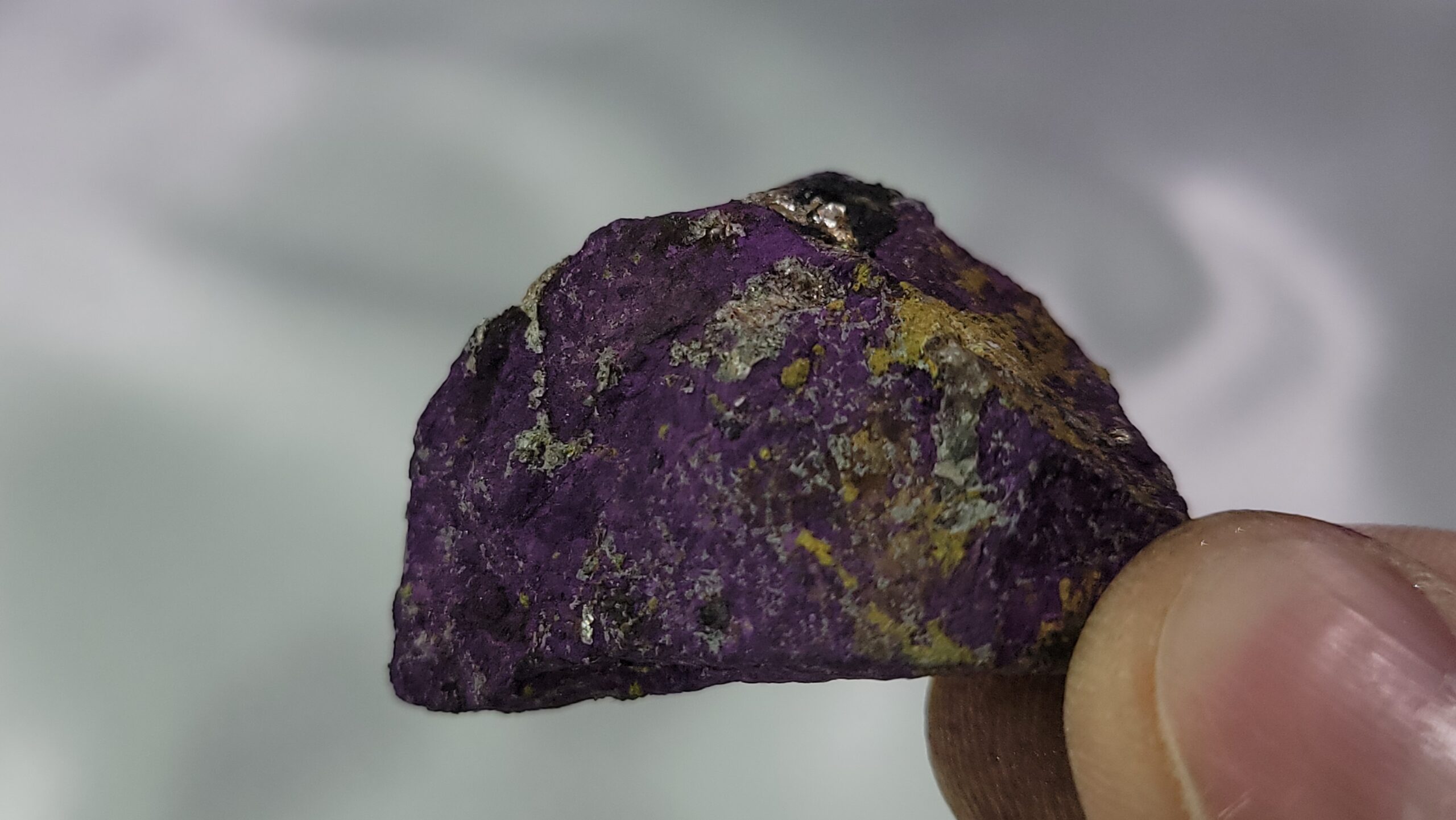
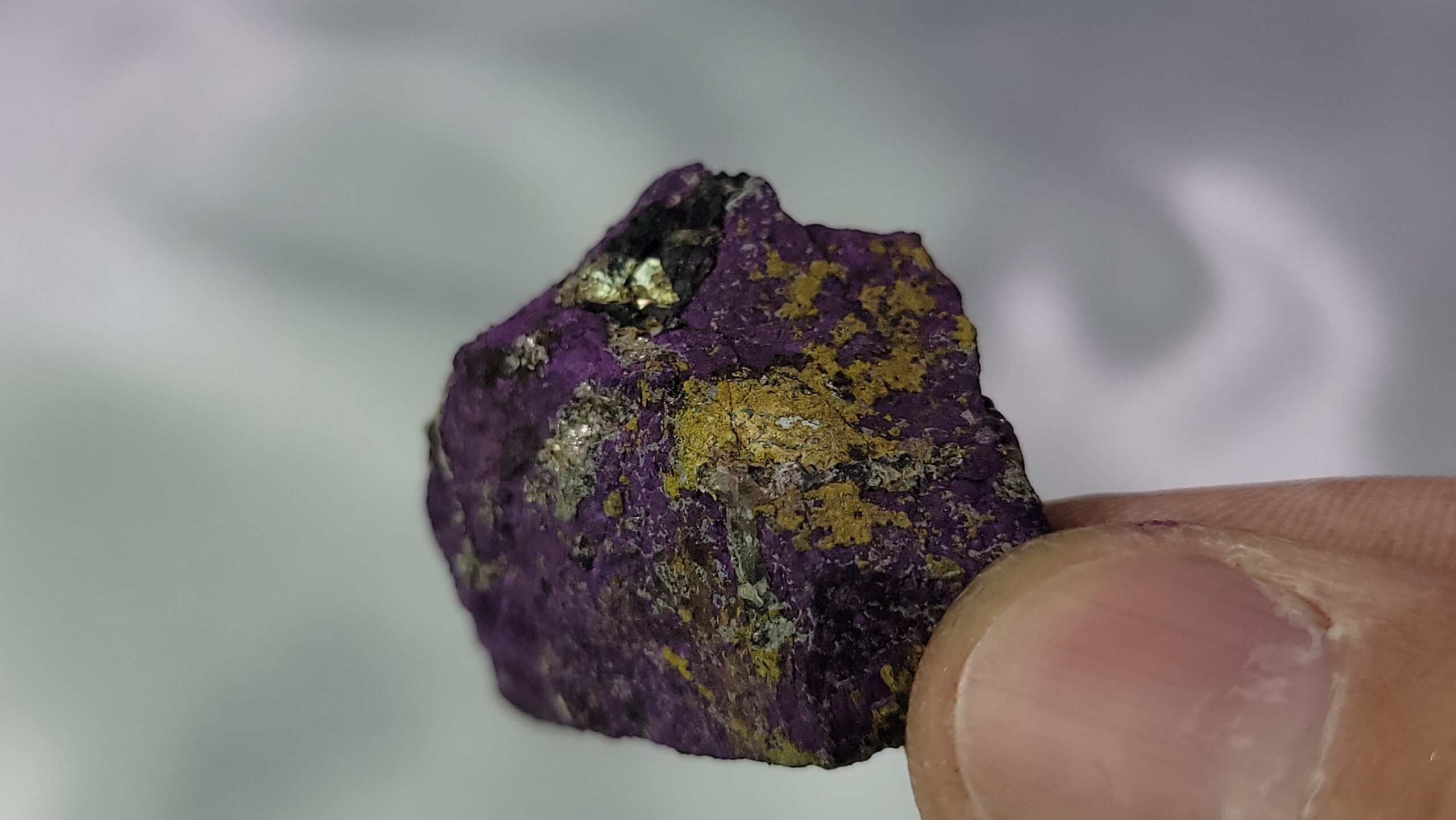
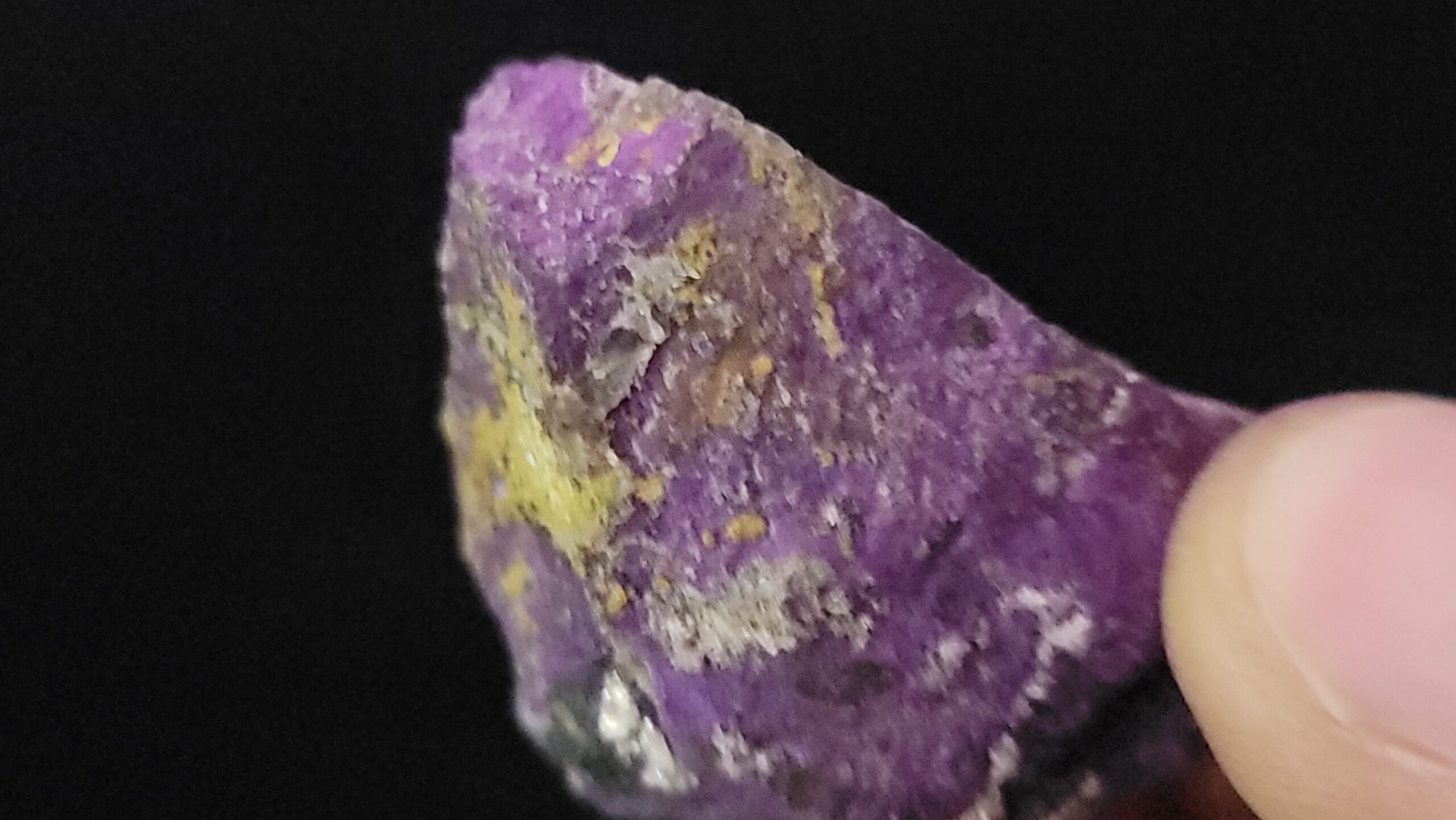
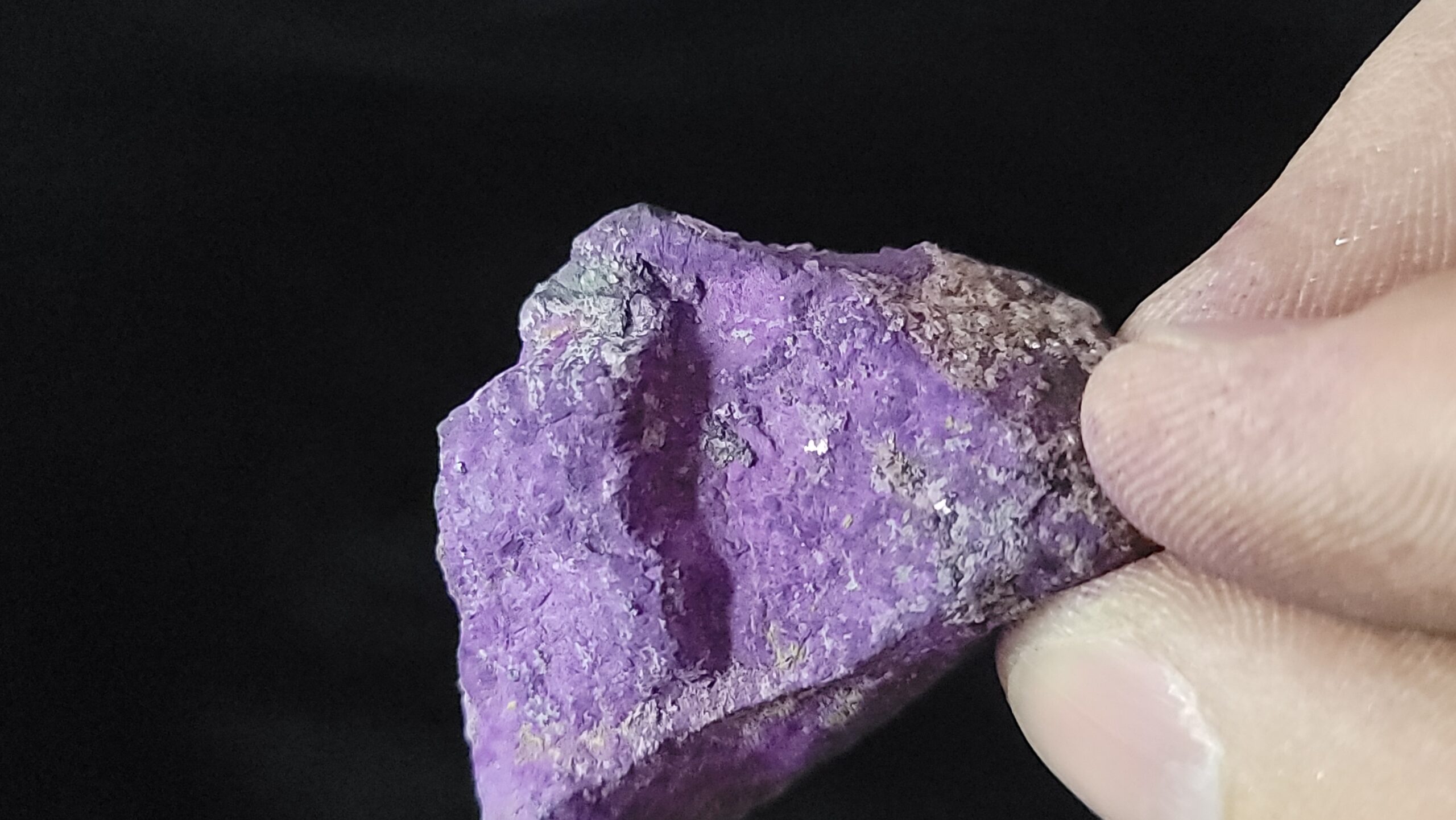
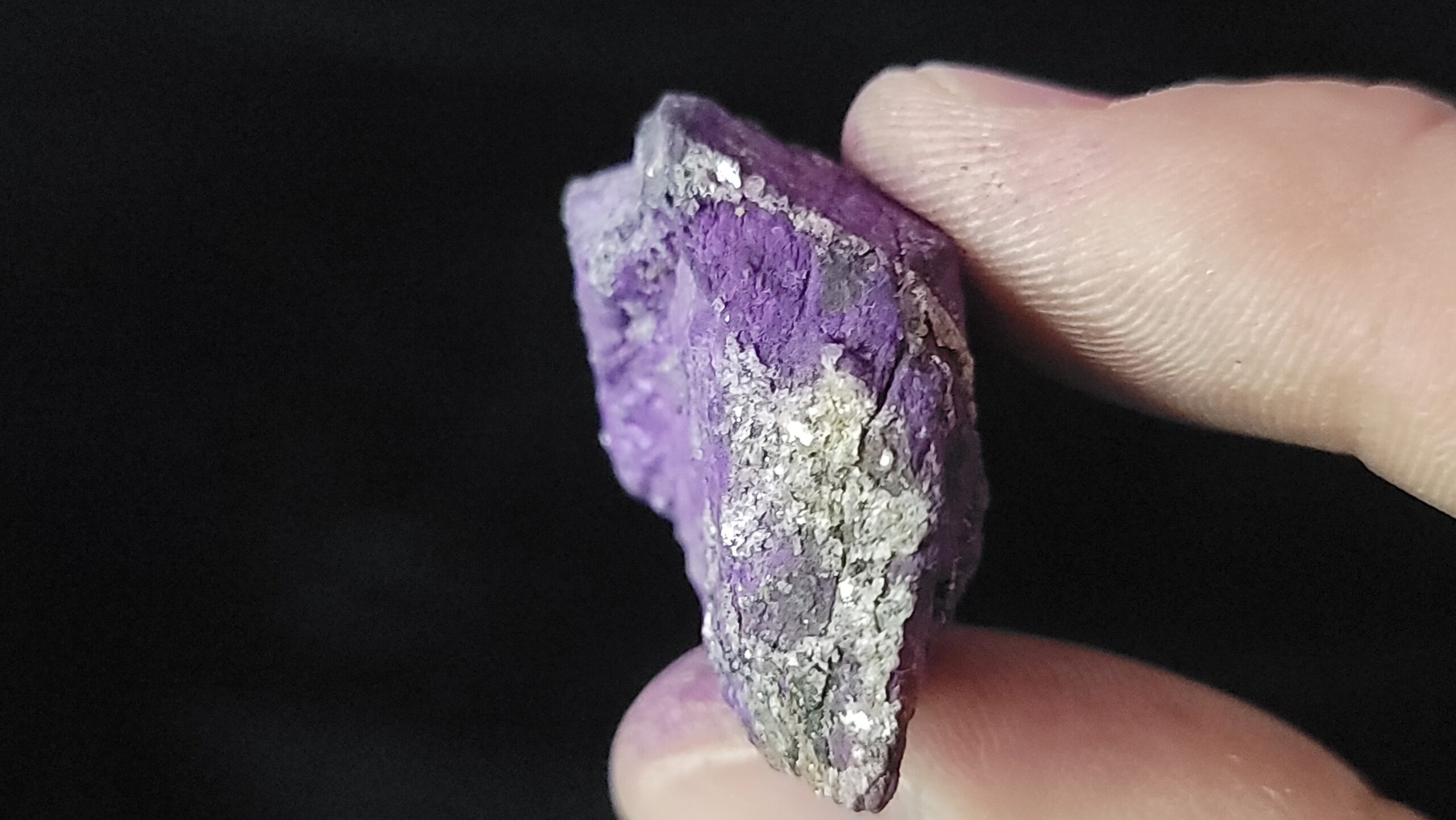
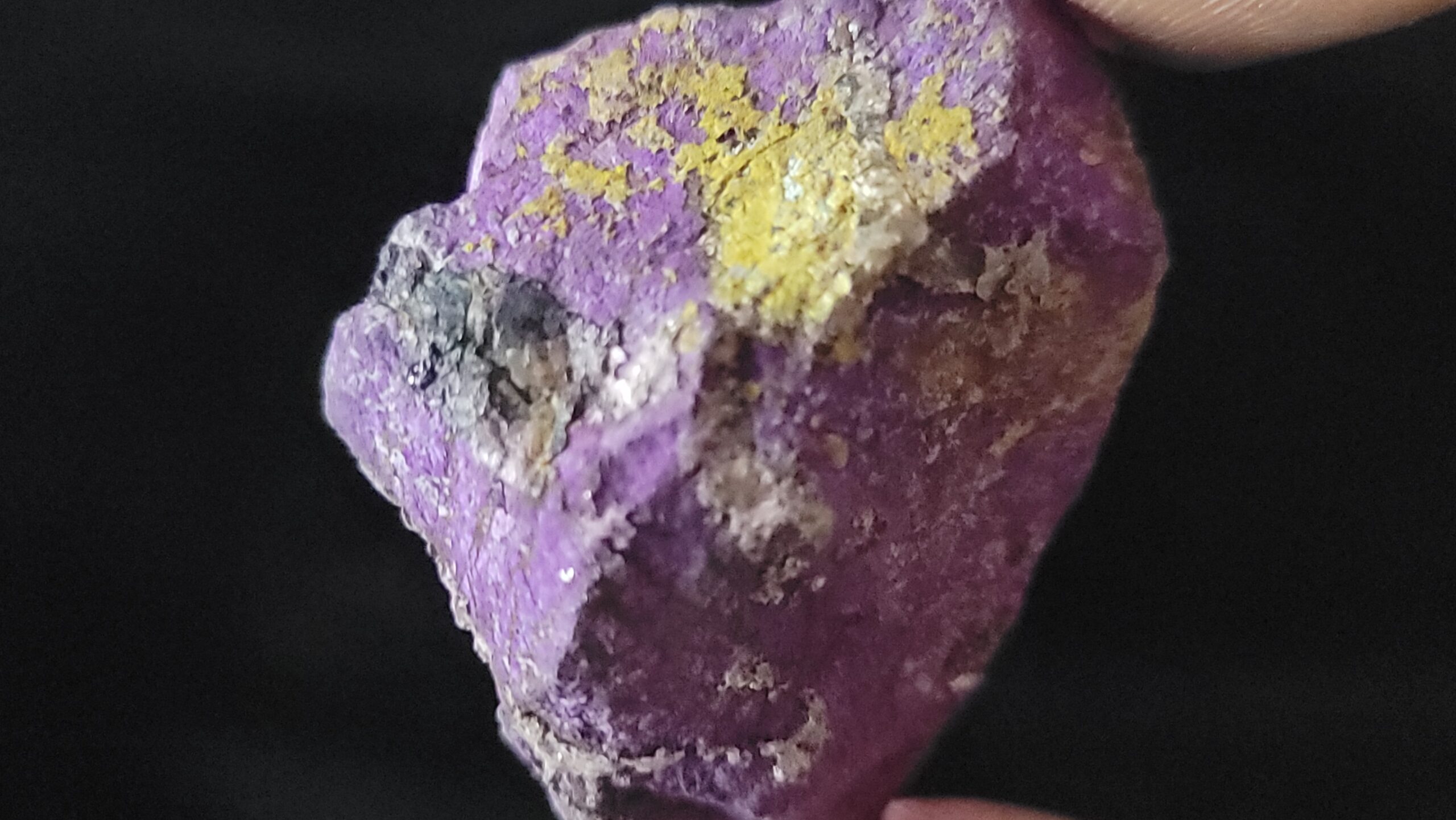


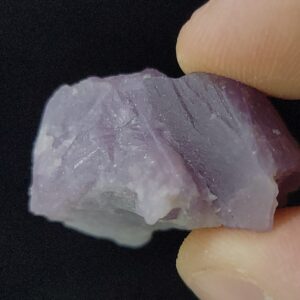

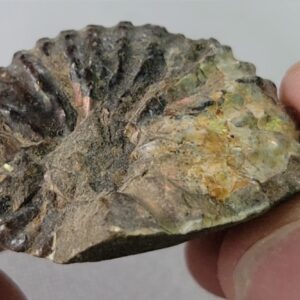

Reviews
There are no reviews yet.